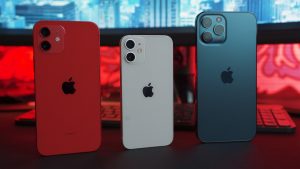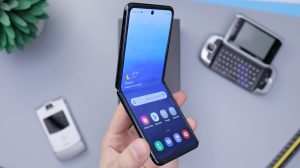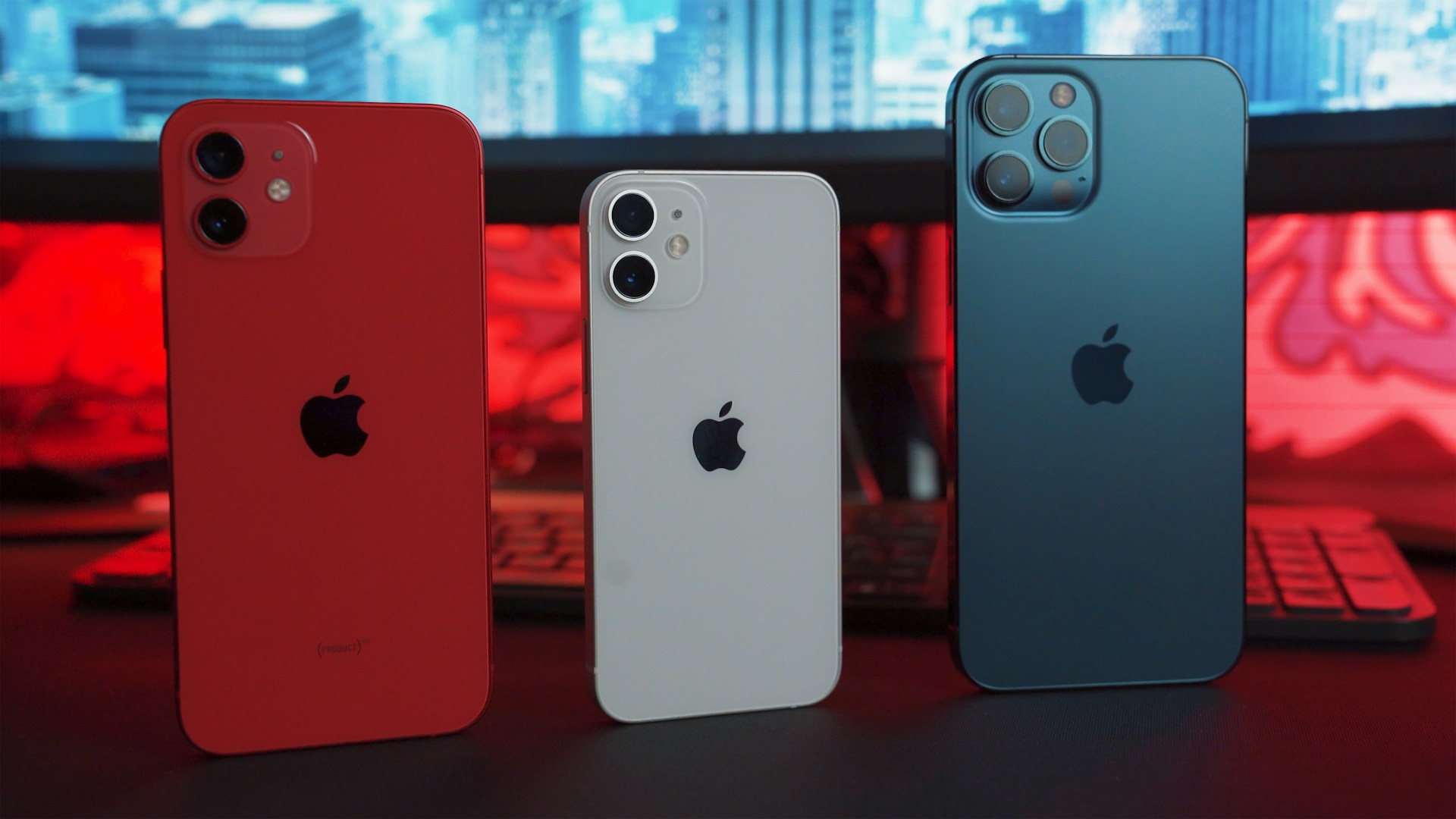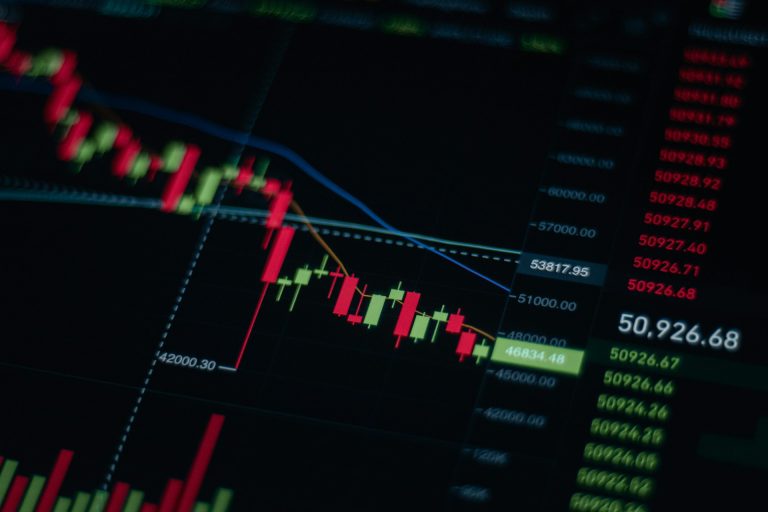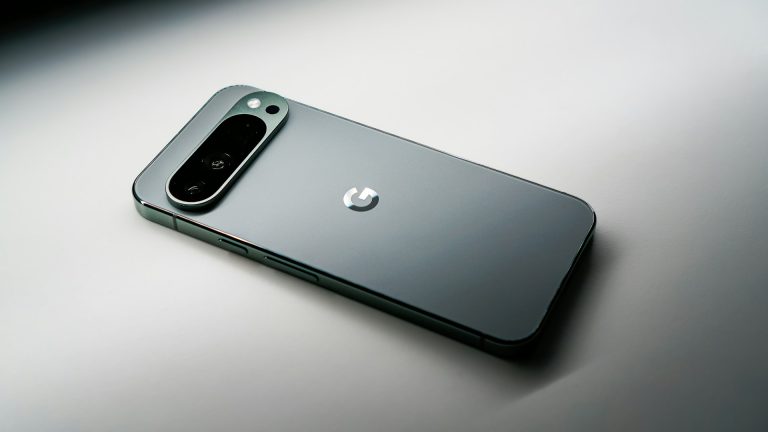Market Shift and New Leadership
In a significant shift for the mobile industry, Apple is poised to unseat Samsung as the global leader in smartphone sales this year, a milestone largely attributed to CEO Tim Cook’s strategy and the surging popularity of high-end devices. According to projections by market analysis firm Counterpoint, the US tech giant is expected to see a 10 percent increase in iPhone sales this year. In contrast, Samsung, the long-standing market leader from South Korea, is projected to grow by a more modest 4.6 percent. This momentum is partly driven by the robust reception of the iPhone 17 lineup introduced in September, as noted by Counterpoint expert Yang Wang.
Analysts point to a broader consumer behavior trend where users who purchased devices at the onset of the pandemic are now engaging in a massive upgrade cycle. There is a distinct shift toward more expensive smartphones, with consumers willing to pay premiums for devices they intend to keep for longer periods. This “premiumization” of the market plays directly into Apple’s strengths, contrasting with the early days of the smartphone era where Android manufacturers gained volume through budget-friendly options.
The Upgrade Dilemma: Leaving the Older Generation Behind
This trend of holding onto phones longer brings older flagship models, such as the iPhone 11 Pro Max, back into the conversation as users weigh the benefits of upgrading to modern iterations like the iPhone 13 Pro Max and beyond. For those still using the 2019 hardware, the jump to the newer “Pro” class represents a substantial overhaul rather than a simple refresh. While the iPhone 11 Pro Max remains a capable device with excellent night mode photography and decent battery life, the gap in technology has widened significantly over two years.
Design Evolution and Ergonomics
Users making the switch will immediately notice a physical transformation. The newer design philosophy abandons the curved edges of the 11 Pro Max in favor of a boxy, flat-edged industrial look. While undeniably sharp and modern, this aesthetic comes with a tactile trade-off: the flat sides can make the device harder to grip, particularly given that the 13 Pro Max is heavier and overall “chunkier” than its predecessor. The screen real estate has also expanded slightly from 6.5 inches to 6.7 inches. Despite the size increase, the infamous display notch has been reduced by 20 percent, reclaiming valuable screen space.
Display and Performance Leaps
The most compelling argument for an upgrade lies in the display technology and power efficiency. The newer hardware introduces ProMotion, an adaptive 120Hz refresh rate that adjusts automatically—dropping to 10Hz for static images and ramping up for scrolling—resulting in a fluidity that the 60Hz screen of the 11 Pro Max simply cannot match. Furthermore, outdoor visibility is significantly improved with peak brightness hitting 1,000 nits compared to the older model’s 800 nits.
Under the hood, the performance gap between the Apple A13 and A15 chips is noticeable, but the battery life is the standout feature. The newer chassis accommodates a larger battery which, combined with efficiency tweaks, offers industry-leading endurance. Storage capacity has also been addressed; the base model now starts at 128GB, doubling the paltry 64GB entry-level storage that constrained many 11 Pro Max users.
Camera Capabilities and Missing Features
Photography enthusiasts face a mix of major gains and minor frustrations. The triple-camera system has been physically enlarged with bigger sensors, enabling advanced features like ProRaw photo capture and ProRes video recording—tools absent on the 11 Pro Max. However, despite these “Pro” designations, the device still relies on the Lightning port rather than USB-C, a point of contention for professionals who would prefer a universal standard for data transfer. Additionally, users transitioning from older models will have to accept the permanent loss of the headphone jack.
Future Outlook and Financial Implications
The secondary market is fueling Apple’s dominance just as much as new device sales. Between 2023 and mid-2025 alone, approximately 358 million used iPhones were sold, creating a vast user base likely to purchase new Apple devices in the coming years. Counterpoint predicts that this ecosystem lock-in could help Apple maintain the top spot in smartphone sales until at least 2029.
Samsung is not standing still, however. The company is forecasting its strongest holiday quarter to date, and Apple similarly anticipates a revenue boost of 10 to 12 percent year-over-year for the current quarter. Yet, the long-term data suggests that Apple’s ability to market expensive, long-lasting hardware has finally allowed it to eclipse its rival’s volume-based dominance. Following these projections, Apple stock has seen positive movement, reflecting investor confidence in this new market hierarchy.

